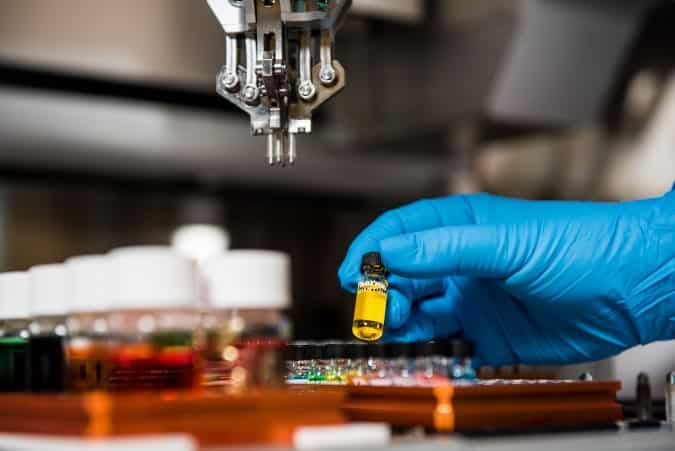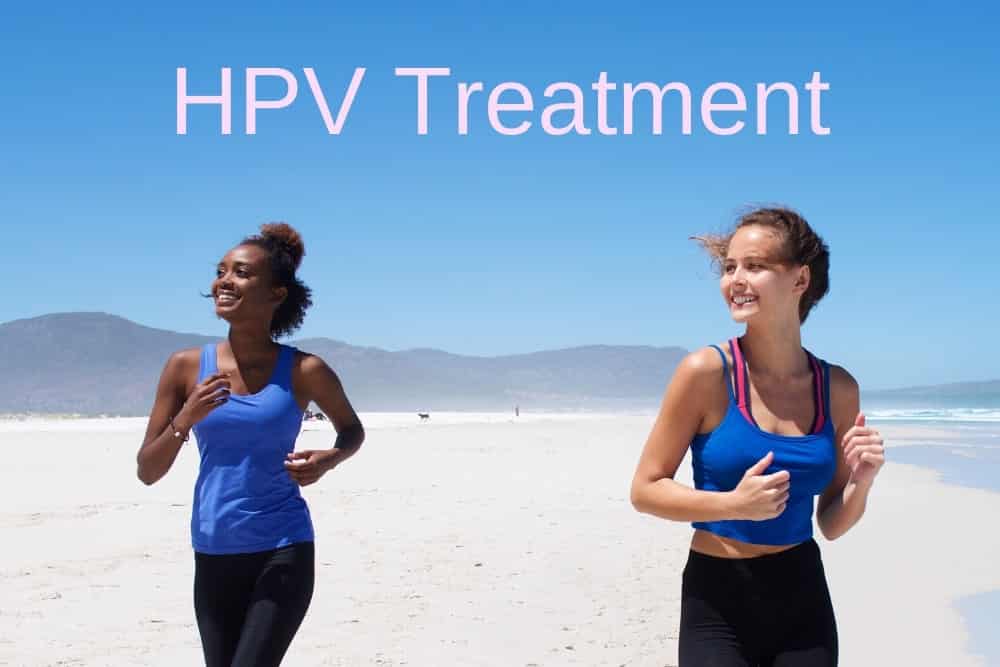About 80 % of women around the world get HPV. What is the treatment?
The Low Down On HPV
The number of people with HPV are rising every year. Wondering if you could be at risk? Read below to learn about the climbing risks of HPV.
What Is HPV?
Human Papillomavirus is one of the most common viruses that affects humans, being the most sexually transmitted infection in the United States. HPV infection affects millions of men and women every year.
The Center for Disease Control and Prevention estimates that almost every sexually active adult will get HPV at some point in their lifetime. It can be spread by skin to skin contact, most commonly through sexual activity. Vaginal, oral, and anal sex can lead to the transmission of HPV.
Should You Be Worried?
There are low risk and high risk types of HPV.
Most HPV infections are self-limiting and usually resolve within a period of 1-2 years. The person may not even be aware that they had contracted an infection with a robust immune system.
Like any other virus, your immune system will be able to clear HPV pretty easily. There are, however, a few high risk strains that can be responsible for some health concerns in women, such as the following clinical conditions:
- Genital warts
- Cervical dysplasia
- Precancerous lesions
- Cervical cancer
Genital Warts
Genital warts appear as papules near vagina, cervix, vulva, or anus.
These warts are visible to the naked eye and can be easily detected by a visual examination. They are itchy, painless, pink papules and may appear as cauliflower-like growths, termed condyloma acuminatum. The growths could be flat or raised and can appear as single growths or even in groups.
Cervical Dysplasia
Cervical dysplasia is an abnormal cell growth that is commonly precancerous, on the surface lining of the cervix or the opening between the uterus and the vagina. You may see this in your pap smear results as Cervical Intraepithelial Neoplasia (CIN).
Precancerous Lesions
Precancerous lesions may also occur in the female genital tract. These may become cancerous as the cell abnormalities continue to increase.
Cervical Cancer
Cervical Cancer and HPV are synonymous together, given that it is the most common cancer due to HPV.
It is caused by 2 high-risk types of HPV, HPV 16 and 18 that cause 70% of cervical cancers and precancerous lesions.
Don’t panic! By following your doctor’s medical advice, attending regular checkups, and keeping your immune system strong, the chance of your HPV leading to cancer is unlikely.

Prevention
In terms of prevention through sexual activity, condoms are the best physical method of prevention, but they do not prevent HPV completely because there are still some exposed genital areas that may come into contact.
Being sexually monogamous with a monogamous partner is also a good way to increase prevention.
Vaccinations
There are multiple HPV vaccinations available that are FDA approved to prevent diseases caused by HPV. It is recommended to get before the age of 25. There are now school-based HPV vaccination programs offered to boys and girls around grades 7 and 8, prior to the onset of sexual activity to optimize prevention strategies.
It is also most optimal at this stage as vaccines are more effective with a young teen immune system. There are 2 or 3 vaccinations over a 6 to 12-month period to receive full immunization.
Is There a Cure?
There is currently no cure for the virus available.
There are many treatment therapies available for symptoms of genital warts and cervical dysplasia, such as cryotherapy, LEEP, surgical removal, laser surgery, or photodynamic therapy.
There are many clinical trials outlining the success of each therapy – they are discussed in further detail in our other blogs, so go check them out for more learning!
What Can I Do Without Treatment?
Although there is no cure, most HPV infections are easily cleared by a strong healthy immune system. Your immune system can be supported in a number of natural ways:
- Eat plenty of fruits and vegetables
- Quit smoking
- Reduce alcohol consumption
- Drink green tea
- Exercise to sweat

Papillex, is a compound that contains high quality, phytoceutical nutrients that have been shown to support beneficial results with respect to HPV.
It is packed full of ingredients that nutritionally support the immune system, helping the body to better respond to genital warts, cervical dysplasia, and other HPV-related disorders naturally.





